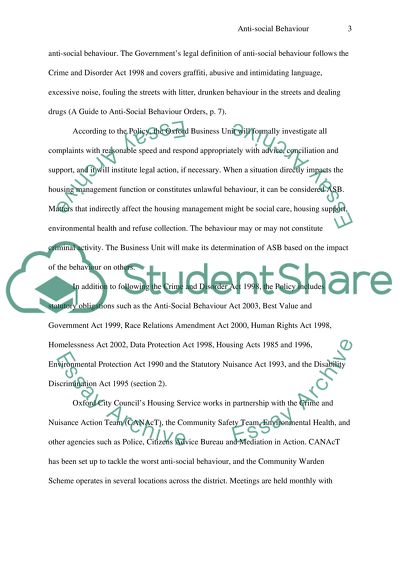Cite this document
(“ASBO POLICY Assignment Example | Topics and Well Written Essays - 2000 words”, n.d.)
ASBO POLICY Assignment Example | Topics and Well Written Essays - 2000 words. Retrieved from https://studentshare.org/sociology/1515927-asbo-policy
ASBO POLICY Assignment Example | Topics and Well Written Essays - 2000 words. Retrieved from https://studentshare.org/sociology/1515927-asbo-policy
(ASBO POLICY Assignment Example | Topics and Well Written Essays - 2000 Words)
ASBO POLICY Assignment Example | Topics and Well Written Essays - 2000 Words. https://studentshare.org/sociology/1515927-asbo-policy.
ASBO POLICY Assignment Example | Topics and Well Written Essays - 2000 Words. https://studentshare.org/sociology/1515927-asbo-policy.
“ASBO POLICY Assignment Example | Topics and Well Written Essays - 2000 Words”, n.d. https://studentshare.org/sociology/1515927-asbo-policy.


